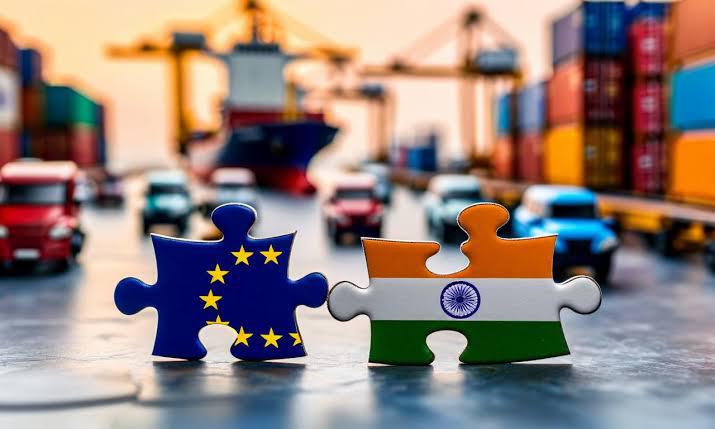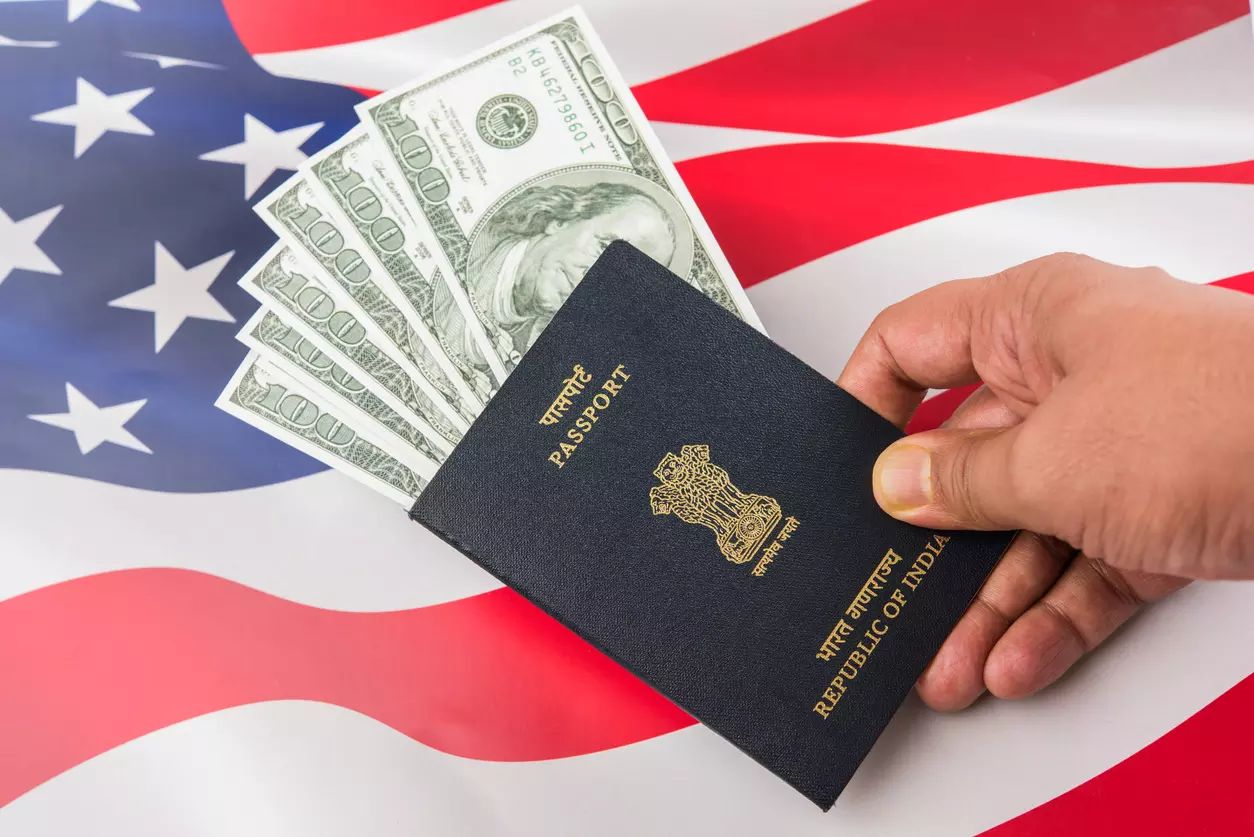Southeast Asia has become a key node in the struggle for influence between rising and established powers during the last two decades. Geographically close to China and India, and located across important maritime routes, ASEAN countries have found themselves at the centre of overlapping strategic interests. Although China’s economic presence in the area is unmatched in size, its increasing assertiveness, particularly in political and territorial concerns, has led many Southeast Asian capitals to secretly investigate routes for diversification. Among those possibilities, closer economic integration with India is of growing interest not only as an economic chance but also as a strategic need.

China’s growth as Southeast Asia’s largest trading partner has not been without effect. The enormous trade, infrastructure investments under the Belt and Road Initiative, and control over important supply chains, are leading to uneven interdependence. Chinese investments have helped modernise industrial zones, bridges, and roads for nations like Laos and Cambodia. These movements, however, have sometimes been accompanied by worries about debt and growing influence on domestic policies. In the Philippines and Vietnam, maritime tensions in the South China Sea often overshadow the shadow of economic cooperation. The message, becoming clearer throughout the area, is that long-term strategic costs result from financial reliance on a single dominant partner, though profitable in the near term.
This is when India’s relevance starts to change from potential to actual presence. For much of the post-Cold War era, India’s Look East Policy stayed mostly diplomatic. Trade volumes with ASEAN increased but fell far short of contesting China’s economic significance. The last ten years, especially after the Act East Policy was implemented in 2014, have seen a more grounded economic push, though. Indian investment in Southeast Asia has diversified beyond conventional industries, including textiles and IT services, into digital infrastructure, green energy, and logistics. The lack of strategic conditionality distinguishes India’s approach and perhaps makes it more appealing in the present situation. Indian companies usually run via joint ventures, skill development initiatives, and long-term industrial cooperation instead of debt-backed megaprojects, creating economic dependency.
Recent changes in trade policy also point to a turning point. Though first seen as a retreat, India’s choice to leave RCEP in 2019 has been recalibrated via bilateral free trade talks with important ASEAN nations, including Vietnam and Indonesia. These deals emphasize value-added manufacturing, regulatory simplification, and market access for industries where ASEAN has a competitive edge. India’s domestic push for production-linked incentives and infrastructure modernization, on the other hand, is opening doors for Southeast Asian exporters to access a growing consumer market of more than 1.4 billion people.
What distinguishes this time is that the rationale for closer India-ASEAN ties is now geopolitical rather than economic. Middle powers in Asia are trying to minimize exposure to systemic risk as the U.S.-China rivalry intensifies and Europe looks inward to handle its political fragmentation. A closer relationship with India gives ASEAN exactly that: a means to rebalance without taking sides. Unlike China, India does not demand political loyalty. Unlike the West, it does not link market access to ideological prerequisites. Rather, India provides digital cooperation based on open protocols, data localisation, and regulatory transparency, as well as regional connectivity projects, including the India-Myanmar-Thailand Trilateral Highway.
This convergence is becoming apparent not only in commerce but also in strategic discussions. India and ASEAN countries have grown increasingly common in joint naval drills, port visits, and white-shipping agreements. Behind the scenes, interest in working on space research, cyber governance, and disaster response, areas where India’s knowledge and regulatory frameworks provide useful insights, is rising. India is viewed as a stable, democratic, and competent partner as the area starts to consider food security, resilient supply chains, and access to pharmaceuticals essential.
To be clear, India is not set to replace China’s economic size in Southeast Asia. The power of India’s involvement is in its complementarity – providing a choice, not a substitute. ASEAN’s aim is not to cut ties with China but rather to diversify possibilities. In a multipolar Asia, that diversification could be the most strategic currency available.
India also has to act realistically. Often hindering the speed at which bilateral possibilities are realised have been bureaucratic bottlenecks, regulatory complexity, and infrastructure delays. India will have to have equal political will with commercial facilitation if this moment is to last. That calls for quicker customs clearance, interoperable logistics systems, and a more proactive industrial diplomacy to assist Indian businesses looking to enter or grow in Southeast Asian markets.
What is at stake is more than market share. Southeast Asia’s decisions will not only affect its own path but also the future of regional order as it sails the changing tides of power. Managed carefully and with conviction, the expanding economic partnership between India and ASEAN could serve as a model for politically sustainable, fair, resilient cooperation- one that rewards balance rather than requiring loyalty.





